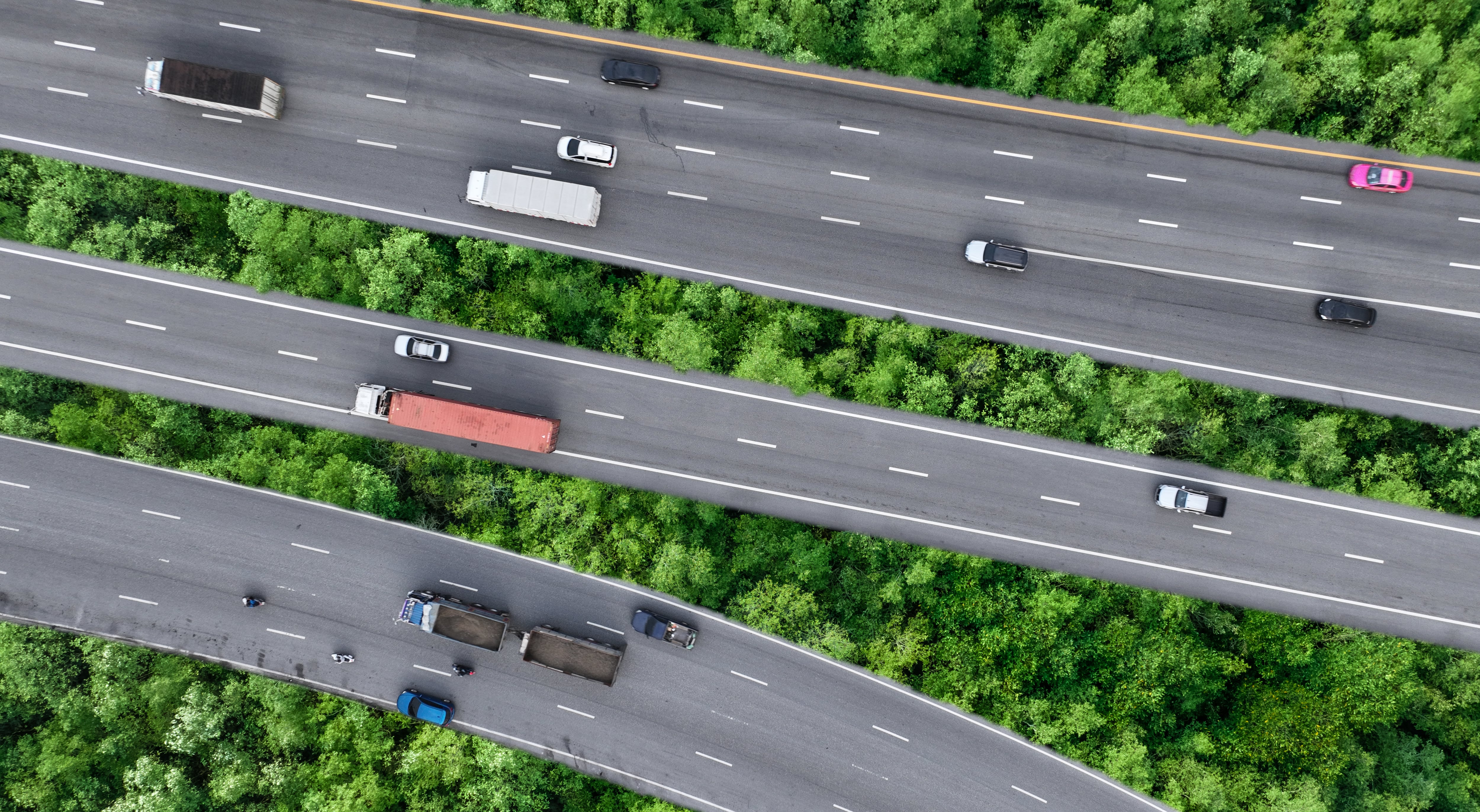Political uncertainty is proving a problem
The impact of new Trump administration is being felt in the US sector and beyond. Trump argues that tariffs will protect and revitalise American industries by discouraging imports and incentivising companies to produce goods domestically. But the chaotic nature of import duty policy so far is making planning impossible for most companies. And what’s the message for those outside the US? Is the US closed for business?
Time will tell the full impact, but the overall sentiment in the industry so far is a dose of caution thanks to the financial burden and unpredictability of these policies.
To illustrate, according to Ohalo’s David Frieberg, the costs of LED lighting have risen 25%. Could LEDs be produced in the US? Given the costs involved, 25% tariffs might look cheap. Where will the labour come from is another question. Labour shortages in the US are only expected to worsen under Trump’s immigration restrictions.
There’s an appetite for customer insight
A breakout session diving into BCG’s report called ’What 1,000 Farmers Told Us About Tech Adoption’ was standing room only. The conclusions of this report might not be earth shattering – revealing that the younger generation of farmers is more open to innovation – but the numbers in attendance is evidence there’s an appetite for customer insight at a show which traditionally very few growers attend.
Data, data, data
AI, automation and robotics are the big trends by far. The industry is desperate for realistic discussions about how to put AI to best use in agriculture. A well-attended pre-event workshop dove into the practical applications of AI in tracking environmental outcomes, enhancing soil health, and driving scalable regenerative practices.
Data, however, is going to define the winners and losers in what is an already crowded market. Data quality, integration, and ownership remain critical challenges. Experts highlighted the need for agricultural technologies and systems to work seamlessly together. Creating an interconnected ecosystem where machinery, sensors, and software can share data effectively was emphasised as crucial.
“We need to ensure we get the right data in to train the models that will help farmers make better decisions in a very complex environment,” one investor said.
There are concerns about closed innovation
The Monsanto-Bayer merger of 2018 has left a corporate innovation gap in its wake, claimed Kiersten Stead, managing partner at DCVC Bio. “One of the changes in culture that we are observing in the larger agricultural companies is the lack of Monsanto which was willing to buy and pay for new innovation and technology,” she told attendees.
“With that not being an option, we are seeing an entrenchment culture in a lot of the big ag companies where they are looking inward for technology development only and being a little bit snarky about technologies that are externally developed.”
She fears the opportunity offered by a trend like AI could be lost unless there’s more open innovation from the corporates. AI’s potential is huge, she said. “But I don’t see the big companies integrating from the outside any time soon. If companies look too inwardly to develop solutions, AI could prove a lost opportunity.”
Are we ignoring AI’s energy use?
AI also requires significant energy resources. Although experts insist energy use will drop as AI is ramped up, increasing demand is still projected to lead to a substantial rise in energy consumption. That’s not a good look in a sector whose raison d’etre is to improve the efficiency, sustainability, and productivity of farming practices.
Does it matter if smart vehicles are fully autonomous?
San Francisco is one of only three places (along with Phoenix and Los Angeles) where you can currently ride in a fully autonomous, driverless taxi service, offered by Waymo.
Sometimes, passengers will make a rookie error and attempt to sit in the empty driver’s seat. In which case they will receive a call from someone from Waymo’s customer team politely telling them to move seats. Similarly, passengers can expect a call if they decide to break the rules of the ride, such as by smoking in the car or not wearing a seatbelt. The point is that terms like fully autonomous and driverless can be a red herring: there’s always a human in the loop.
This is something autonomous agricultural vehicle companies are considering as the capabilities of smart vehicles rapidly improves, and they tackle the challenge of farmer adoption.
By staying laser-focussed on demonstrating the benefits of this type of technology and avoid getting bogged down in terminology, they can avoid accusations of providing tech for tech’s sake. “At CNH, we focus on aligning technology development with the real-world needs of farmers,” CNH CTO Jay Schroeder told AgTechNavigator. “The goal is not to remove farmers from the farming process but to enhance their capabilities with advanced technologies.”
The summit underscored the need for partnerships
Partnerships are proving essential in the autonomous vehicle sector and the industry as a whole.
These allow companies to leverage each other’s expertise, share resources, and accelerate innovation. “By collaborating, companies can address challenges more effectively and bring new solutions to market faster,” said Schroeder. “Partnerships help us bring innovative, sustainable solutions to the market faster and more efficiently.”
The agtech capital drought meanwhile means new investment approaches and models are being sought. Joe Cornelius, CEO of Gates Ag One, said philanthropy offers “a more agile and channel resources into higher-risk research and innovation for the public good, such as improving staple crops that are essential to global food security but may not be as financially compelling for the private sector”.
Is agtech too big to fail?
While we can’t ignore the obvious struggles as companies adjust to survival mode, there’s the sense that the challenges facing farmers offer exciting opportunities for the agtech sector to fix.
Alexandra Ranson, head of corporate affairs at crop protection company Moa Technology, pointed out: “While financial investors can and do shift focus in and out of the ag/food sector, the practical challenges farmers face are not going away: labour shortages, herbicide resistance, extreme weather, supply chain squeezes.”
Agtech innovation is the key to overcoming them.





